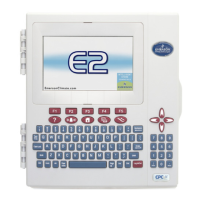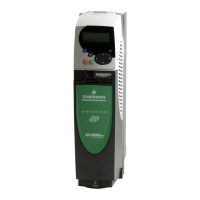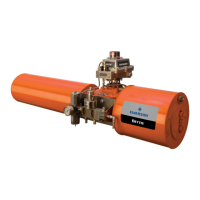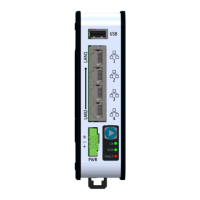©2017 Nelson Heat Tracing Systems
GA2497 Rev.5
9.4.1
High RTD A/ RTD B Temperature Reading
This warning/alarm appear when the temperature exceeds the
HIGH RTD WARNING/ALARM temperature setting.
Cause ofWarning/Alarm:
•
Warning/Alarm temperature setting too close to maintain
temperature
•
Flow of hot product
•
Steaming out lines
•
Incorrect tracer wiring
9.4.2
Low RTD A/ RTD B Temperature Reading
This warning/alarm appears when the temperature
decreases below the LOW RTD WARNING/ALARM temperature
setting.
Cause ofWarning/Alarm:
•
Warning/Alarm temperature setting too close to maintain
temperature
•
Flow of cold product
•
Empty pipe
•
Damaged, wet, or missing insulation
•
Heating cable notsized properly for the application
9.4.3
RTD A/ RTD B Failure
This alarm indicates a sensor is not operating properly. The
temperature sensor may fail due to an “open” or “shorted”
condition.
Cause of Alarm:
•
Incorrect or damaged field wiring - open leads or excess
resistance (either intermittent or continuous) may be
due to broken or damaged wires or loose terminals.
•
Damaged or inoperative temperature sensors
9.4.4
High Current Warning/Alarm
This Warning/alarms current levels that are greater than the
HIGH CURRENTWARNING/ALARM setting for the application.
High Current Warning/Alarm (Continued)
Cause ofWarning/Alarm:
•
Warning/Alarm setting too close to normal operating current
•
High in-rush current from “cold start” of self regulating
cable
•
Damaged or partially shorted heating cable
•
“As built” cable length is greater than design value
9.3.4
Low Current Warning/Alarm
This alarms current levels which are less than the LOW
CURRENT WARNING/ALARM setting.
Cause of Warnings/Alarm:
•
Warning/Alarm setting too
close
to normal operating current
•
Low source voltage
•
Damaged or inoperative heating cable
•
Open connection—wiring problem
•
SSR or contactor failed open
9.3.5
High GFI Warning
This warning ground
fault current levels which are greater
than the HIGH GFI WARNING setting.
Cause of Warning:
•
Warning setting too close to normal leakage current
•
Damaged cable insulation and/or moisture present
•
Moisture in junction box
•
Poor splice or termination
•
Moisture provides conductive ground path which allows
ground fault current.
9.3.6
GFI Alarm
This value sets the upper limit of allowable ground fault
leakage. Exceeding this limit will result in the output switch
being latched off and the alarm activated to indicate a
ground fault condition.
22
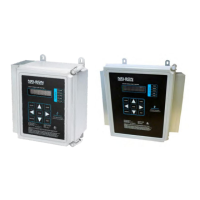
